
British mountaineers Mick Fowler and Simon Yates recently had an eventful expedition to Tajikistan, where they attempted to make the first ascent of a line on the East/North face of Patkhor (6,083m) and traverse the mountain descending to the south.
Mick described the expedition in his typically understated and humorous style:
"It was indeed a most memorable outing, albeit not packed with quite the sort of memories we hope for.
"Memories this year include poisoning ourselves on freeze-dried food, discovering much of our remaining food had gone off, reduced rations for 4 days, no food for 6 days, deep whiteout snow, no summit, a difficult retreat, a broken Abalakov screw, a failed abseil anchor, 5 broken ribs and 2 crushed vertebrae for Simon, much lost kit, 2 shelterless nights, one shared sleeping bag … and a painful walk-out assisted by a Tajikistan rescue team."
Their objective was previously attempted by Americans Pete Dronkers and Spencer Gray in 2017. The planned line of descent was climbed by Czech team Tomas Cimr and Vita Dubec in 2019.
Mick and Simon arrived at Dushanbe early in the morning on 1st July and were met by a driver before heading into the mountains via the Panj/Pyandzh river (formerly known as the Oxus). Mick wrote in their trip report:
"The river here marks the border between Tajikistan and Afghanistan. At the time of our visit the border was closed and there was some tension on the Tajikistan side with a significant number of army patrols and many sniper shelters."
After 16 hours of driving, the pair reached their driver's village and stayed with him. "The hospitality of the local people was exceptional and, having pampered us, they were most reluctant to accept any payment," Mick wrote.
A two-hour drive the next day brought them to the small village of Basid. Mick and Simon spent the rest of the day resting and repacking. The following morning, they travelled by donkey over two days and repaired a bridge en-route, before setting up a base camp at 3,750m with the help of the donkeymen. The pair had no support at base camp and cooked for themselves.
During their first night at base camp, sleet and snow covered the tents. "This quickly cleared in morning sun and we walked to a good viewpoint for the North Face of Patkhor noting that the Russian 1975 route between the two huge ice cliffs dominating the face now looks extremely dangerous," Mick wrote.
On 7 July Mick and Simon walked up a moraine and dry glacier to camp at about 4,900m. It snowed during the night and the following morning but, after waiting for improved visibility, they managed to reach a col at about 5,300m where a cairn indicated that others had reached the same point.
On 9 July, they acclimatised by walking up a c5,400m peak to the south of the col.
"Our camp and the c5,400m peak gave us excellent views of the East side of Patkhor and our intended approach couloir," the report reads. "Having spent two nights at about 5,300m we felt sufficiently acclimatised and descended to base camp. After a day resting, eating and preparing we left base camp on 12th July for our attempt on Patkhor."
The attempt - what went wrong?
On the 13th, the pair walked for six hours to bivouac on the highest moraine beneath a prominent couloir, which leads to a col at 5,200m on the NE spur of Patkhor. The following day, they climbed the couloir to a bivouac site on the col.
"This was the highpoint reached by the Americans. The sky was completely clear and we seemed to have hit a perfect weather window," they reported.
They each ate a freeze-dried meal that evening — something they would later come to regret. Their trip report reads:
"Mick ate all of his and Simon only managed a couple of mouthfuls before deciding it tasted bad. Within 30 minutes or so chemical burps started to burn our throats. This was exactly the reaction that Mick had with a freeze dried meal in 2019 and so we knew what was coming and had time to prepare as well as we could. Sure enough intense diarrhoea started shortly afterwards and lasted the whole night. Mick also vomited a little. In the morning we felt utterly drained."
After checking the rest of their meals, Mick and Simon concluded that 6 of the 10 packs they had were off, leaving them with four meals of 800Kcal each. They calculated that all being well, half rations would be enough food to complete the climb and descend the south side—but they would have no food for the two-day walk out.
"We decided that we were prepared to continue on that basis but felt so wasted that the day started late with the intention of trying to climb a few pitches and seeing how it went," Mick wrote. "An utterly exhausting day ensued with us slowly climbing grade III ground and 50 degree ice slopes to a bivouac spot a little short of our intended site on the edge of a couloir which looked to provide the only weakness through the upper section of the face."
On the 15th, the pair climbed a couloir which gave Scottish IV/V climbing to a bivouac at the foot of the summit snow ridge.
"The sunset was perfect and we had high hopes of reaching the summit and the head of our intended descent route the next day," they reported. "To our surprise though it was snowing when our alarm went off. Mindful of our low food supplies, we started anyway hoping that the weather would improve."
In poor visibility, the pair became disoriented. They decided to retrace their steps to the last bivouac as snow rapidly filled their tracks. Having spent the rest of the day considering whether to continue or descend if the weather improved, they agreed to descend as snow continued to fall.
"We ate the last of our food that evening and started to descend the couloir via abalakov thread abseils early the following morning," they reported. "We reached the col bivouac that day and set the alarm for midnight in order to get down our approach couloir before the sun loosened stones. Annoyingly the alarm failed to go off and we ended up oversleeping and spending a further, foodless day on the col."
The next day, Mick and Simon started to descend at around 1.30 a.m. The top section of the couloir was steep and they decided to abseil. Another epic ensued. Their report reads:
"On the third abseil, the last before we would start to downclimb, the abalakov thread pulled and due to tiredness, exhaustion or whatever we had failed to clip the thread into the back-up screw. Simon fell and slid around 100m and sustained injuries which were later ascertained to be 5 broken ribs and 2 crushed vertebrae. Mick was able to climb down and a slow downclimbing descent continued. Simon was unable to carry his rucksack and after unsuccessful attempts to climb with it or lower it Mick removed crucial items such as passport and satellite phone and dropped the sack hoping that it would fall all the way to the glacier. In fact though it got stuck somewhere and was not seen again. We managed to safely get to a flat spot at about 4,200m on the glacier where we assessed the situation. It was clear that Simon's back was injured and the way down from here was initially over very rough, unstable moraine and about 20 miles to the road. Concern about inflicting serious damage was such that we felt it sensible to call our insurance company and try to arrange a helicopter evacuation.
They had also lost their tent and Simon's sleeping bag in the dropped rucksack. After two nights spent sharing a sleeping bag on the glacier, chances of a helicopter arriving seemed slim. Mick descended to ensure that food and shelter could be brought to Simon.
Out of the previous ten days, the pair had subsisted for four on half rations and this was the sixth day with no food at all. After 4 hours of descending, Mick met a rescue team ascending. They had supplies and Mick directed them to Simon's position.
The following day, with no helicopter in sight, Simon started what turned out to be "a painful three-day walk" down to the road. They rested for a day before making their scheduled flight back home.
Lessons learned: Mick and Simon outlined three key considerations after their expedition epic:
"The obvious lesson is to be very wary of relying entirely on freeze dried food. This is the second expedition that Mick has been on which has been ruined by freeze-dried food. We have raised the issue with the company that made the food and discussions are ongoing.
As regards the accident tiredness and not double-checking things was the main cause. Our 22cm abalakov screw had broken earlier in the trip and we were using a 16cm screw to make the threads. Also we had used up all our abseil tape and were using thin prussic loop cord which probably put more strain on the thread. We had tested the thread with a strong outward pull but that obviously wasn't a good enough test. That said the ice was rather wet and that should have alerted us to possible weakness. Not clipping the back-up screw into the thread can only be put down to tiredness exacerbated by lack of food.
There are very few helicopters in Tajikistan and those that there are appear to date back to Soviet (pre 1991) times. No authority could be secured for an attempted helicopter evacuation from 4,200m and there was some suggestion that the landing limit was only 2,000m. In short, mountaineering expeditions to Tajikistan should not rely on helicopter evacuation."
***
Simon Yates, 60, made the first ascent of the west face of Siula Grande in the Peruvian Andes with Joe Simpson in 1985. The subsequent near-fatal descent was famously documented in his book and the film Touching the Void. He has also made first ascents of Leyla Peak, Nemeka and the SW Face of Hispar Sar in Pakistan and numerous first ascents in Canada, Tierra del Fuego and eastern Greenland.
Mick, 67, is a three-time Piolet D'Or winner and known for completing first ascents on technically challenging peaks between 6000m and 7000m. Mick and Paul Ramsden first won a Piolet d'Or in 2003 for an ascent of the North Face of Siguniang in China. Ten years later, they were recognised for their ascent of the Prow of Shiva in India and in 2016 received a third award for their first ascent of Gave Ding in the Nepalese Himalaya.



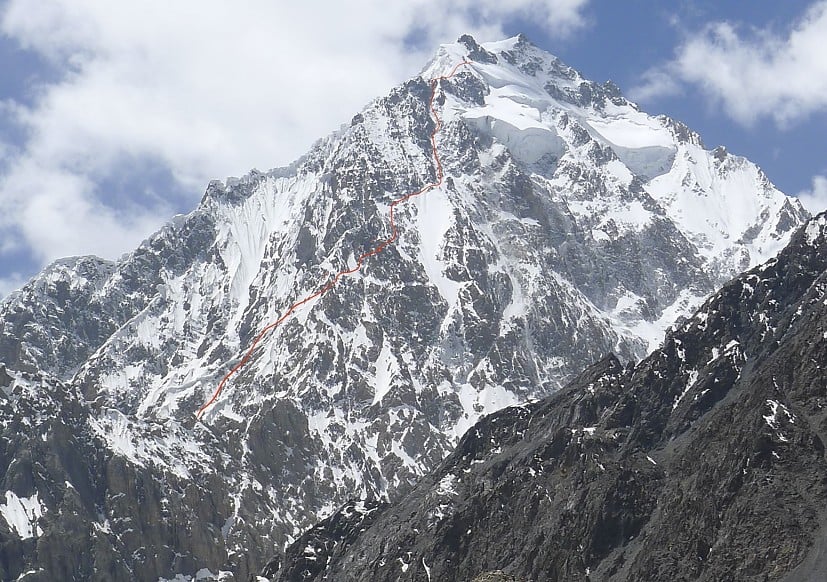
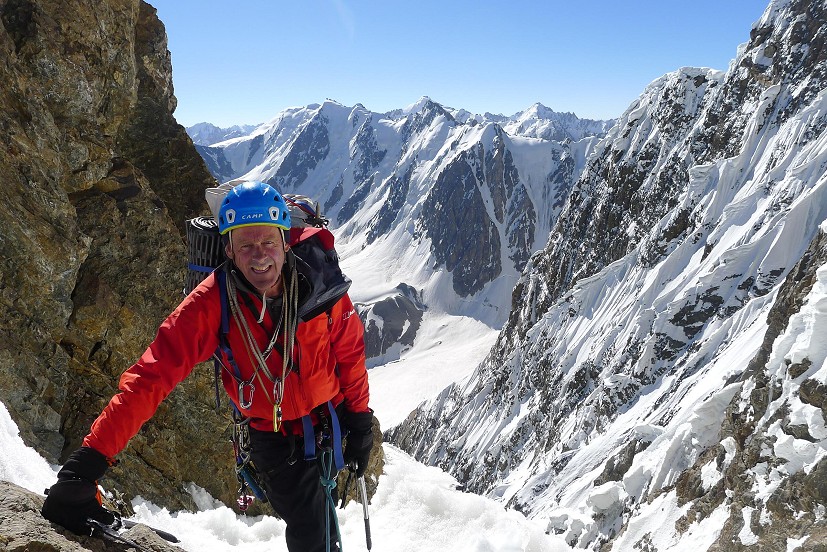
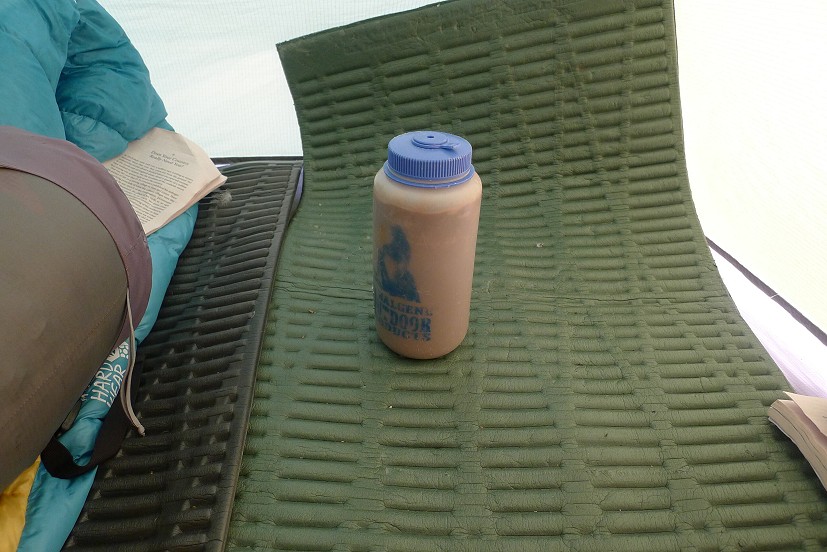
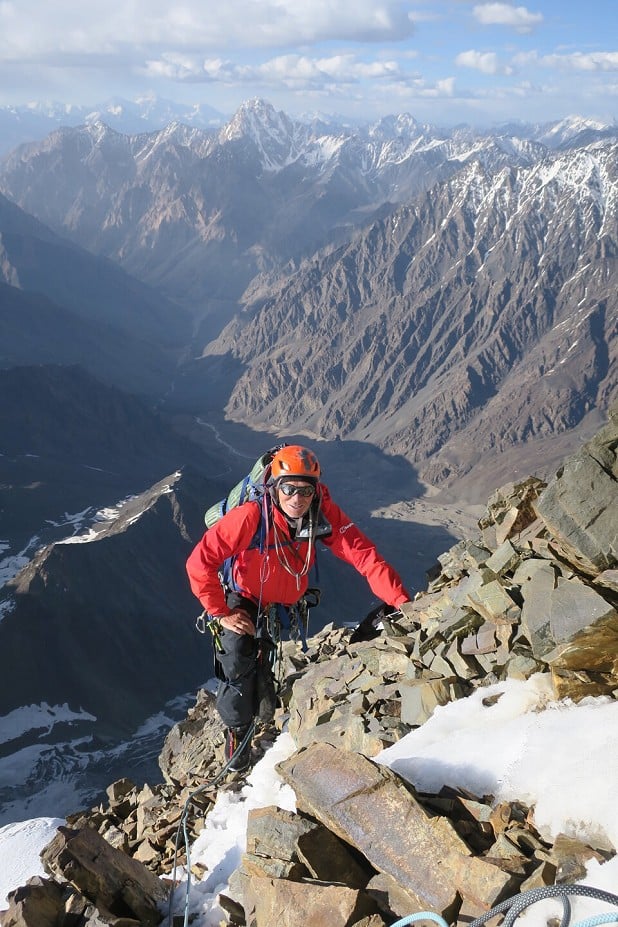
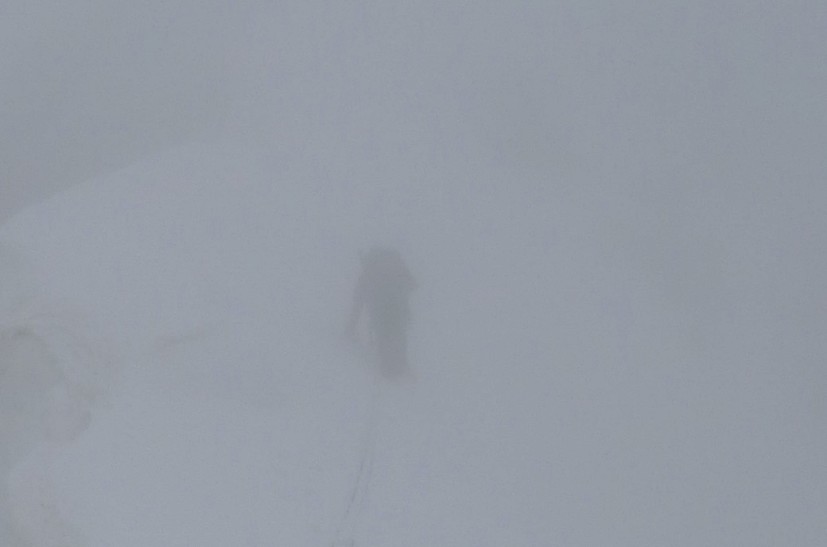
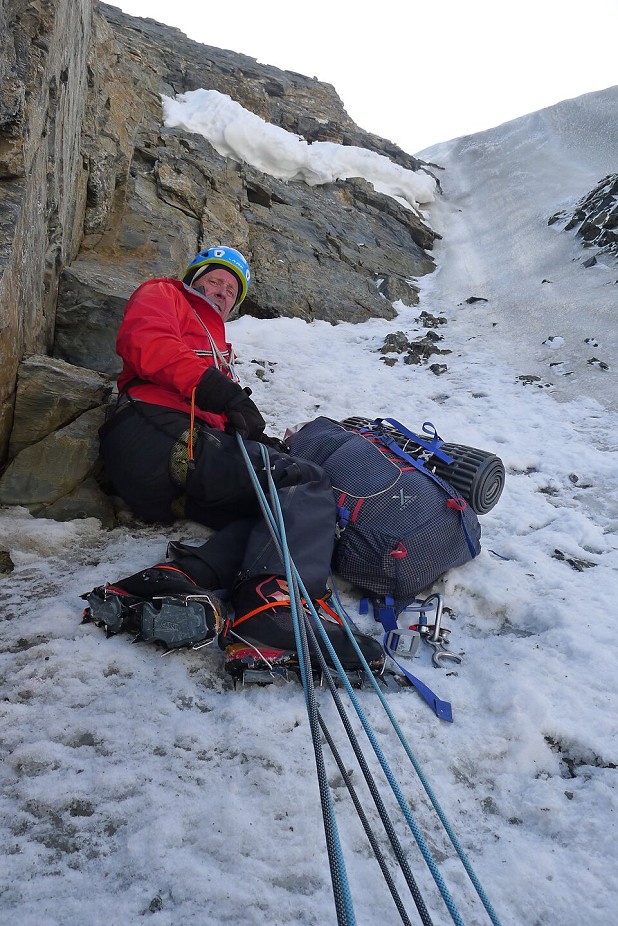
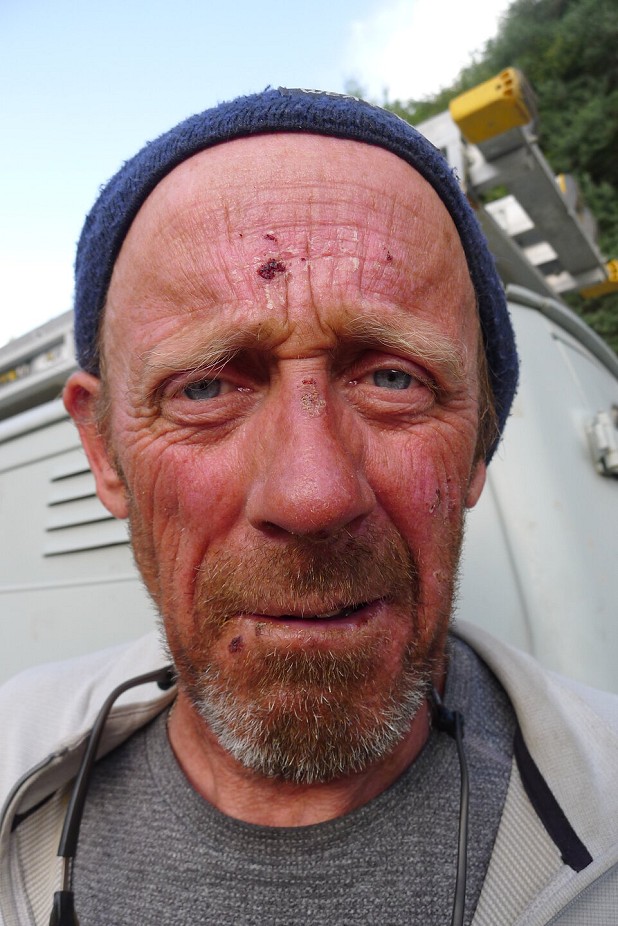




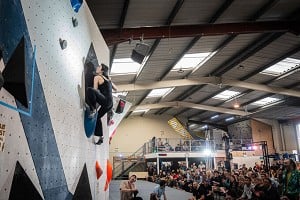
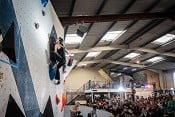




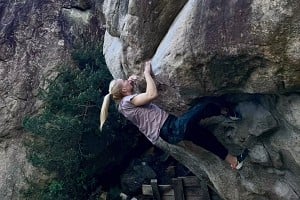
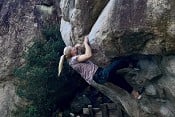



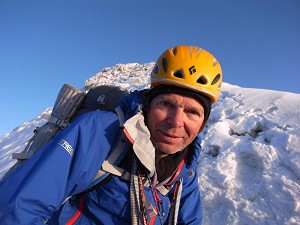
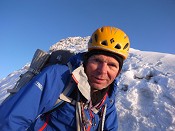
Comments
You have to appreciate the accuracy of rear-end marksmanship involved though.
Maybe this trip was the 'balance' after all the previous dream trips? You can't win 'em all...
I presumed that was from his stoma, but no idea!
Epic trip and account!